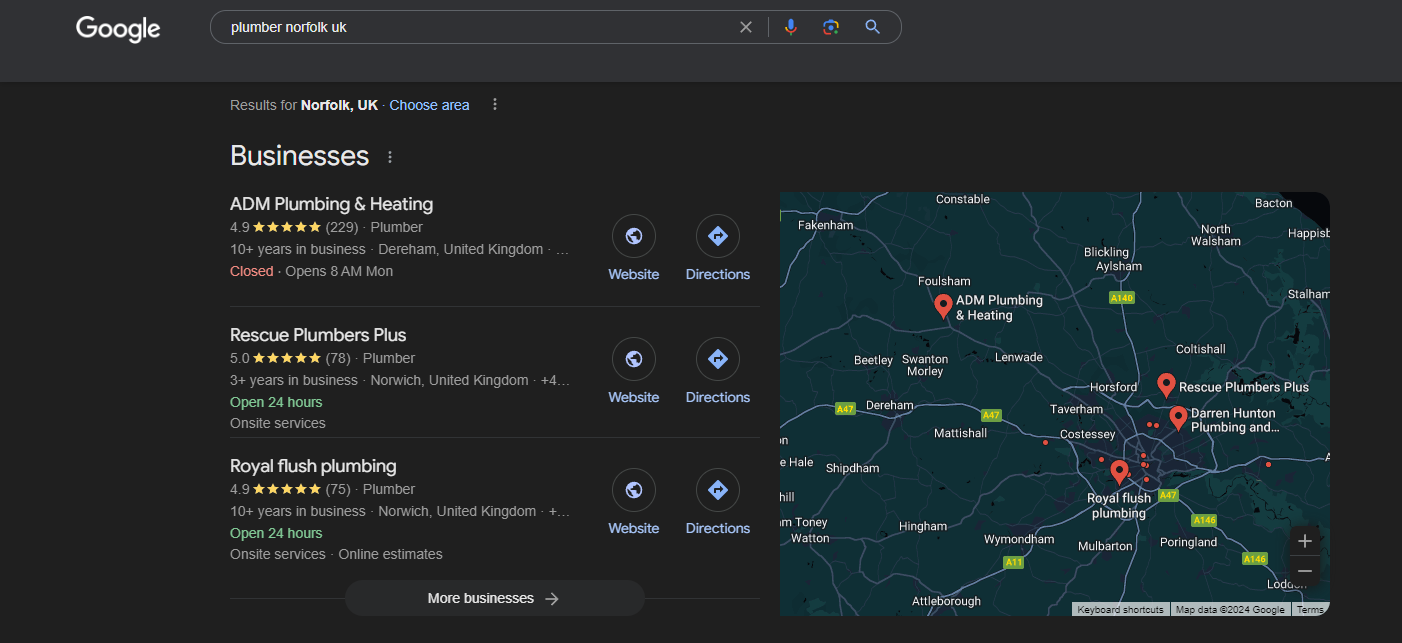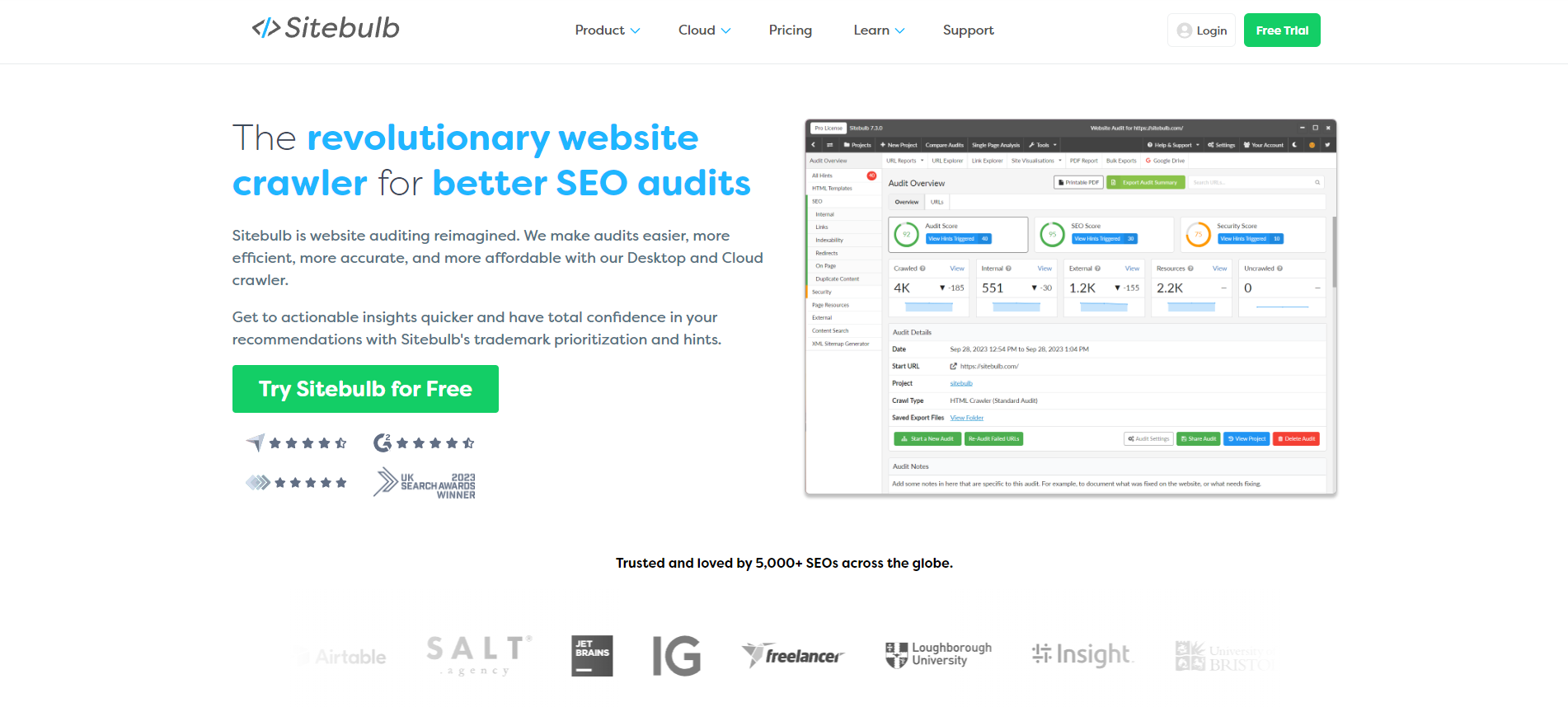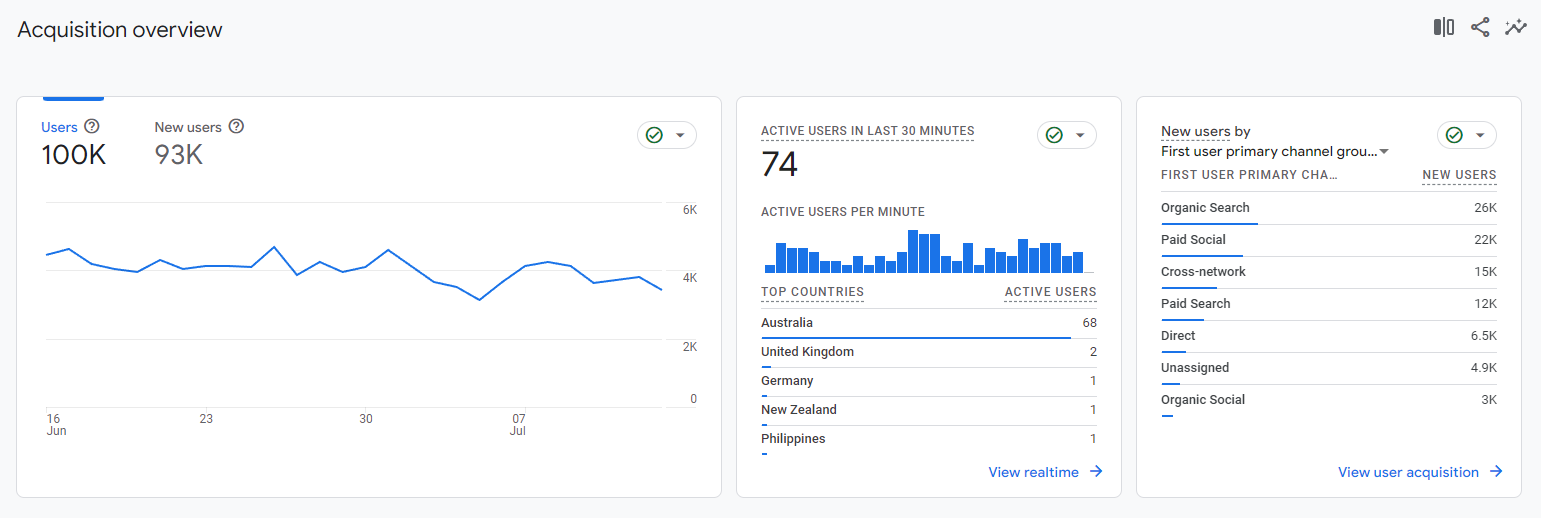If your site struggles to improve its online visibility, an SEO audit might be the game-changer you need. A website audit is a comprehensive analysis of your site’s performance, identifying areas that hinder higher search engine rankings.
Expect detailed reports pinpointing technical issues, on-page SEO problems, and backlink quality. These audits provide actionable insights, helping you improve site performance and organic traffic effectively.
The best times to run an SEO audit are before launching a new site or after significant updates. Regular audits ensure your strategies remain effective and aligned with search engine algorithms.
Understanding what an SEO audit further entails can lead your website to success. Keep reading to learn more!
Types of SEO Audits
Let’s dive into the different types of SEO audits.
A technical SEO audit involves a deeper dive into the technical aspects of SEO, including on-page efforts, performance metrics like site speed and security, identifying opportunities to fix or reorganize code, and assessing various technical elements of a website. Knowing what each audit covers helps you understand where your site might lag and the factors you need to monitor for each kind.
There are four types you must focus on:
Content Audit
A content audit reviews everything you’ve published on your site. It also examines past and current organic traffic to determine why some pages aren’t getting the love they deserve or have lost their mojo in search results.
Below are variables your content audit needs to catch on your site:
-
Content Inventory: List all your content assets, including posts, pages, and URLs.
-
Performance Metrics: Track views, shares, and engagement rates. High numbers mean you’re doing something right.
-
SEO Factors: Check keyword usage and meta descriptions. These elements drive search engine visibility.
-
Content Quality: Evaluate readability and relevance. If it’s boring or outdated, it won’t perform well.
-
User Experience: Look at navigation ease and load times. A seamless experience keeps visitors coming back.
-
Content Gaps: Identify missing topics that could attract more traffic. Filling these gaps can boost your rankings.
-
Content Redundancy: Find duplicate or similar content pieces. Consolidating them can improve clarity and SEO value.
-
Compliance and Accuracy: Ensure information is up-to-date and follows industry standards. Inaccurate info can harm credibility.
Now that we’ve covered content audits let’s move on to backlinks.
Backlink Audit
A backlink audit checks which sites are linking to yours. Off-page SEO involves elements like backlinks that are not directly controlled but can influence search engine optimization. Good links boost your site’s reputation; bad ones drag you down.
From here, you can piece together a robust link building strategy to increase your search rankings!
Here are factors you need to check when running a backlink audit:
-
Link Quality: Assess the domain authority of linking sites. High-quality links are gold for SEO.
-
Relevance: Make sure links come from relevant sources in your niche. Irrelevant links don’t help much.
-
Anchor Text Distribution: Analyze the text used in backlinks. Diverse anchor texts look more natural to search engines.
-
Link Types: Differentiate between dofollow and nofollow links. Both types have their benefits for SEO.
-
Link Velocity: Monitor how quickly you’re gaining new links over time. Sudden spikes may appear suspicious to search engines.
-
Toxic Links: Identify harmful or spammy links pointing to your site. Disavowing these can protect your ranking.
-
Geographical Location: Check if most backlinks come from regions where you operate or want visibility in those areas.
-
Link Context: Review the surrounding text of each link for relevancy clues; context matters for ranking algorithms.
-
Historical Trends: Track link growth patterns over time; consistent growth suggests a healthy profile.
-
Competitive Analysis: Compare with competitors’ backlink profiles; understanding their strategy offers insights.
Next up is technical SEO—where we get into the nuts-and-bolts stuff.
Technical SEO
Technical SEO audits dig into the behind-the-scenes parts of your website that affect its performance on search engines.
-
Page Speed: Faster loading times improve user experience & rankings. A fast site speed is crucial for positive user experience and lower bounce rates. Utilize tools and reports to analyze and improve page speed as part of SEO audits.
-
Mobile-Friendliness: Mobile-responsive design ensures accessibility across devices.
-
HTTPS Status: Secure connections via HTTPS build trust & rank better.
-
XML Sitemaps: Properly formatted sitemaps aid crawlers in indexing pages efficiently.
-
Robots.txt File Settings: Correct configurations prevent unwanted page indexing.
-
Canonicalization Issues Resolution: Avoids duplicate content penalties by specifying preferred versions.
-
Structured Data Markup Usage: Enhances snippet appearances through schema implementation.
-
URL Structure Optimization: Clean URLs facilitate easier crawling/indexing processes.
-
Internal Linking Strategies Implementation: Strengthens page hierarchy/internal navigation paths.
-
Resolving Crawl Errors Promptly: Fixes broken/missing elements hindering crawler accessibilities.
And finally—the local scene! Let’s see what makes a local SEO audit tick!
Local SEO Audit
Local businesses that want more foot traffic need solid local optimization strategies that benefit both website visitors and search engine bots, and that’s where local audits shine brightest!

The audit aims to identify reasons why your Google Business Profile (GBP) isn’t showing up on local searches and the local 3-pack.
Below are local SEO variables you must monitor in your audit process:
-
GBP optimization: This is your digital storefront. Make sure it’s decked out with all the right info, photos, and posts. You can check this by simply searching for your business on Google and seeing what pops up.
-
Local citations and NAP consistency: Think of this as making sure your business card info is the same everywhere. Hunt down all the places your business is listed online and make sure your name, address, and phone number match up.
-
Customer reviews and ratings: These are like word-of-mouth recommendations but on steroids. Keep an eye on your Google reviews, Yelp, and other platforms where customers might be singing your praises (or not).
-
On-page local SEO: This is about sprinkling local flavour throughout your website. Check your pages for location-specific keywords and make sure your metadata has a local twist.
-
Local backlinks: These are like getting a thumbs up from other local businesses. Look for links from local directories, chambers of commerce, or partner businesses in your area.
-
Mobile usability: Because let’s face it, everyone’s glued to their phones these days. Test your site on different mobile devices to make sure it looks good and works smoothly.
-
Social media presence: This is your chance to show off your local personality. Check if you’re active on platforms where your local customers hang out.
-
Local content: Think about local news, events, or area-specific tips. Scan your blog or content sections for pieces that really speak to your local audience.
-
Competitor analysis: It’s like peeking over your neighbour’s fence to see what they’re up to. Check out what local competitors are doing well (or not so well) in their SEO game.
Now that you know which among the different SEO audits to run for your online business, the next step is finding out which tool can best assist in your auditing efforts.
SEO Audit Tools to Use

You can’t do an SEO audit without some help from the tech side. Conducting an on-page SEO audit is crucial to optimize various backend elements of a website, such as meta descriptions, meta titles, and image alt text. There’s just too much data to handle on your own.
You can use many other SEO audit tools to analyse your site based on the factors above. But here are some of the best tools you’ll want in your toolkit:
-
Sitebulb: This tool is fantastic for visualizing data and finding issues with site structure. It’s perfect if you’re auditing large sites with millions of URLs because you can run it in the cloud!
-
Google Search Console: A must-have from Google itself, it helps you monitor website performance and spot indexing issues. It’s like having a direct line to search engine insights.
-
Google Analytics: Another gem from Google, this one dives deep into user behaviour on your site—track metrics like bounce rate and session duration to understand how visitors engage with your content.
-
Ahrefs Webmaster Tool: Aside from being a great backlink analysis and competitive research tool, Ahrefs’s free Site Audit feature provides comprehensive details about your site’s structure and opportunities to make it easier for search spiders to find.
-
Screaming Frog SEO Spider: This crawler tool scans websites for broken links, duplicate content, and other common SEO pitfalls. It’s essential for a thorough technical audit.
Next up, let’s dive into how regular audits can keep your site aligned with ever-changing search engine algorithms.
SEO Audit Checklist
So, you wanna dive into the world of SEO audits? Great choice! Let’s break it down to get your website performing at its best and improving its ability to rank in search engine results pages.
Define Objectives and Scope
First things first, figure out what you're trying to achieve with this audit.
Are you looking to boost your organic traffic or maybe fix some technical issues holding you back? Write down your goals and be specific. This helps keep everything on track and ensures you're not just wandering through a sea of data.
Consider which parts of your site need attention—content, backlinks, technical stuff—and make a list.
Gather Tools and Resources
Next up, you'll need some tools to help you dig into the nitty-gritty details of your site.

Google Analytics and Google Search Console are must-haves; they're like the bread and butter of SEO tools. Third-party tools like Ahrefs or Screaming Frog can also give you deeper insights.
Make sure you've got these all set up before diving in. Trust me, having the right tools will save you tons of time and headaches.
Collect Data
Now, it's time to get your hands dirty with some data collection.
Pull together stats on traffic, keyword rankings, backlink profiles—you name it. The more data you have, the better picture you'll get of what's going on with your site. Use those tools we talked about earlier to gather everything in one place.
Benchmark Current Performance
Before making any changes, know where you're starting from. Check out how fast your site loads (nobody likes a slowpoke), see if it's mobile-friendly (because everyone's on their phone these days), and examine other key metrics like bounce rate and average session duration.
Conduct the Audit
Alright, roll up those sleeves because now we're getting into the meat of it: conducting the actual audit.

Technical SEO: Use Google Search Console to look for crawl errors, check site speed using PageSpeed Insights, ensure mobile optimization is spot-on, confirm HTTPS status, and review XML sitemaps.
On-page SEO: Analyze title tags, meta descriptions, header tags, content quality (no one wants fluff), keyword usage (but don't overdo it), and internal linking structure.
Identify Issues and Opportunities
As you review this data, note any problems or opportunities for improvement that emerge. Pay special attention to your site architecture, as a logical organization, clear URL structures, sitemaps, and internal linking can significantly enhance user experience and SEO. For example, broken links may be slowing things down, or outdated content may be doing little good.
Prioritize Action Items
Not every issue needs immediate attention—some are more critical than others. Rank them based on severity and potential impact on performance so you'll know where to focus first when fixing things up.
Create an Action Plan
With priorities set straight in mind now comes planning how exactly each item gets addressed along timelines assigned accordingly while designating responsible parties who'll handle tasks involved, ensuring accountability throughout process completion stages ahead too!
Wrapping It Up
SEO audits are essential for ensuring your website remains competitive and visible in search engine results. By regularly conducting these audits, you can identify areas of improvement and stay ahead of potential issues.
Utilising a structured SEO audit checklist like the one above also helps streamline the process, making it easier to pinpoint opportunities for optimization.
Remember that SEO is an ongoing effort; staying proactive with audits will align your site with evolving algorithms. Equip yourself with the tools and strategies to maintain a healthy online presence and drive better performance over time.
To get the most out of your audit process, reach out to Charles's SEO audit services. He'll provide you with clear-cut guide on what areas of your site needs improvement and fixing.

